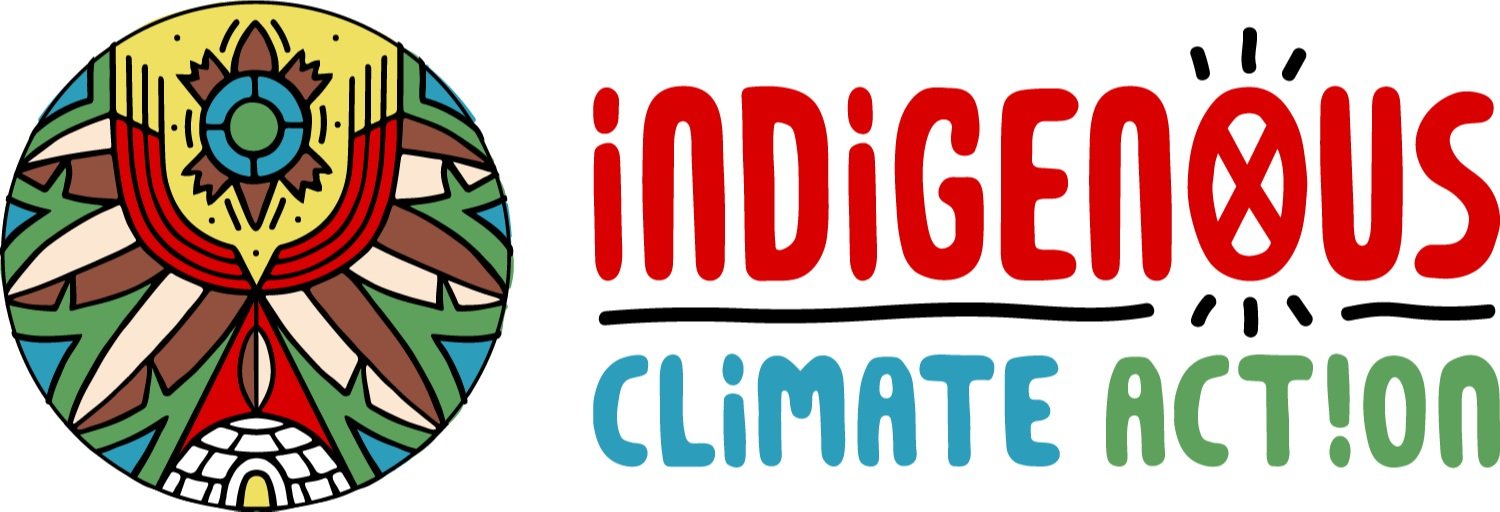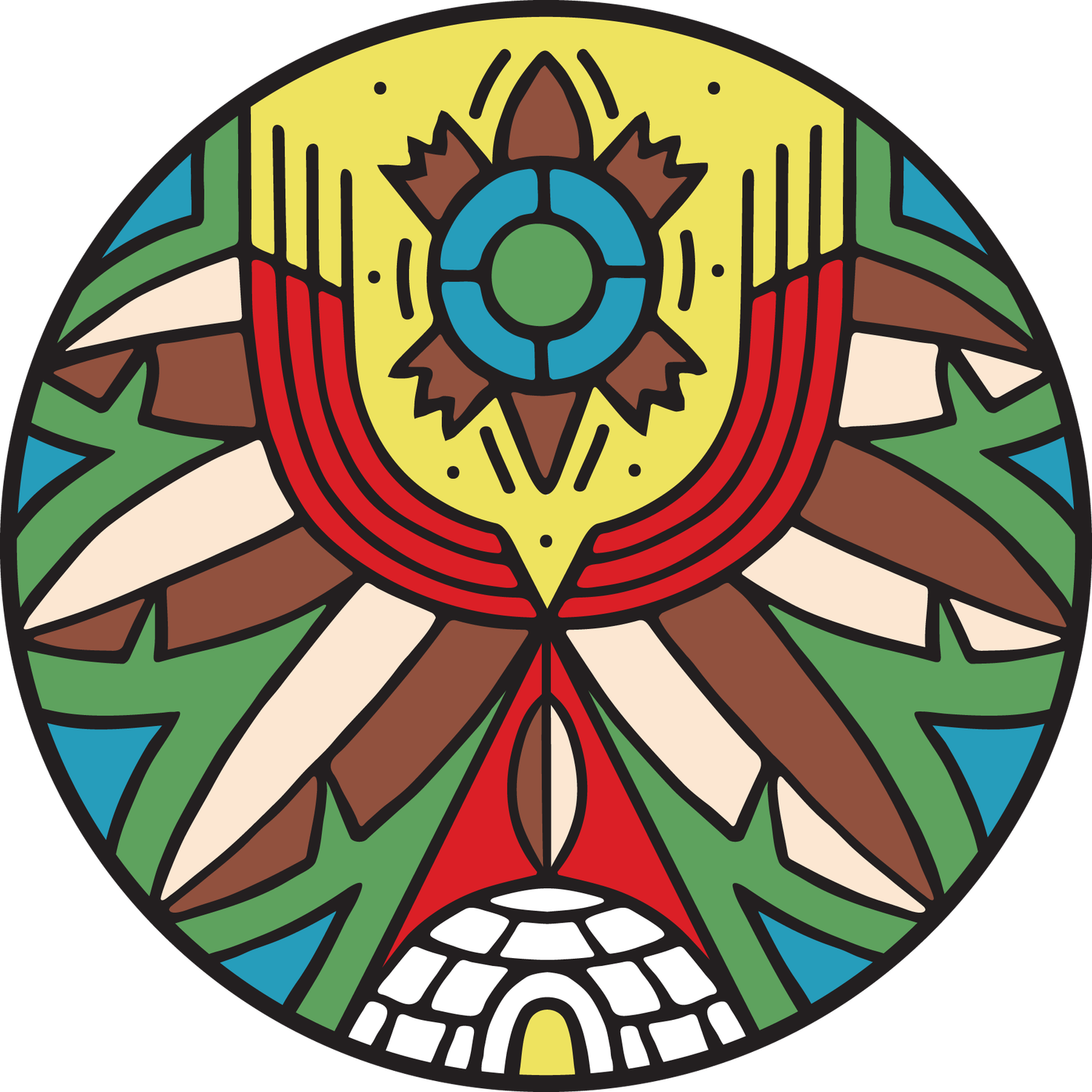Reflections of youth intern at COP26 - Sarah Hanson
I began formally working in the climate field in early 2019, but have always been connected to the land, Mother Earth. I mostly grew up within my community of Biigtigong Nishnaabeg, learning how to care for the land, immersed in ceremony and travelling along the Pow Wow trail each summer. After being taken into foster care at age seven and then taken away from my gran at twelve, I didn’t want to acknowledge my Indigeneity because I saw the ‘problems’ it was creating for me, rather than seeing the strength it held.
It wasn’t until I had to leave Queen’s University and spent four months in Guyana, that I realized I couldn’t ignore my past and where I came from. More importantly, I couldn’t live without my relationship with the land and the ceremonies I grew up with. In the main city of Guyana, Georgetown, I was constantly stressed from being in a new place, not feeling safe enough to walk around, and getting used to the constant heat. Then when I travelled to two of the Indigenous communities, I immediately felt at peace.
Coming back to so-called Canada, I knew I couldn’t go back to the same education system or way of living that pushed me to leave my homelands. I started looking for jobs and opportunities to support myself financially, eventually ending up in the climate movement and using my love of Mother Earth to connect with people. It was actually land acknowledgements that showed me the need for more Indigenous People–especially youth–to be in this space. The act of acknowledging the land you’re on with relationality to yourself is a simple way to understand why Indigenous knowledge holds the power to solve the climate crisis. We don’t see ourselves as separate from Mother Earth or as more important; instead, we take the time to acknowledge the land we’re on, which is how we situate ourselves to do work in a good way.
Coming to a COP26 was an early goal of mine when I learned about the climate movement. I saw the people who were here, the coverage being shared online, and the outcomes from friends who attended. For me, this space wasn’t about the negotiations or agreements but rather the people and connections made with others, especially Indigenous Peoples. Being here this past week and learning more about the processes in play here, I see a need for more Indigenous people, especially youth.
The conversations held so far in the Local Community and Indigenous People Platform Facilitated Working Group (LCIP-FWG) and Indigenous Peoples Caucus (IPC) Preparatory meetings have shown me the complicated work that happens behind the scenes. The LCIP-FWG was formed in the last few years to ensure engagement with these groups was included in the United Nations Framework Convention on Climate Change (UNFCCC) process. The COVID-19 pandemic impacted in-person engagements but at this year's meeting (the 6th session of the Facilitated Working Group), they overviewed their first two years, discussed papers they contributed to, and shared the work plan for the next three years. At the end of each presentation, Indigenous people from around the world were able to make interventions on the subject. Many were supportive of the work being done but raised concerns over exclusivity, consensus-making, and keeping work based on the land.
The Indigenous Peoples’ Caucus was definitely more action-oriented and community-based. Each day we opened with a prayer and songs from various regions of the world by sharing stories, connections, and why we’re here at COP26. Indigenous people, again, asked for the space to be more inclusive of both youth and women. More personal accounts were told of the effects of climate change, including the unjust interactions with extractive industries. Two people in particular stand out to me when I think of these meetings: while we were commenting on the opening statement for the caucus, two people from Peru warned of the impacts of assigning money to carbon. This was in relation to Article 6, the carbon markets, and nationally determined contributions. These fancy words simply mean how countries are going to lower the levels they pollute and the agreement. The individuals from Peru shared how an Indigenous Protected and Conserved Area in Peru was being used to sell carbon while forcing the Indigenous People to leave the land. They weren’t allowed to harvest from it, live on it or even pass through it. This stood out to me, and even made Rebecca tear up, as we finally released our sneak peek report on The Threats and Risks of Nature-based Solutions for Indigenous People.
This sneak peek outlines the problems Indigenous people identified as concerns for this “new” solution that is being promoted by governments and corporations. It’s tied to the carbon market system, as the types of projects associated to Nature-based Solutions have the ability to absorb greenhouse gas emission (GHGs). Like our brother and sister in Peru, we’re concerned with Nature-based Solutions because they promote land grabbing. In so-called Canada, we’ve already been pushed off our lands and sometimes into small communities that make up a percentage of what we once lived off. Hearing this actually happening in other regions of the world, shows us at ICA that our report is more important and needed. While these solutions can provide financial support to ‘poor’ communities, they hold way more potential to oppress us.
Our relationship with the land is needed to live a good life. We can’t put a price on it to benefit corporations unwilling to stop polluting. These “new” solutions aren’t even new, they’ve been practiced by Indigenous peoples for millennia.
Our “reserves” are the most biodiverse areas in so-called Canada, similar to other regions where collectively we protect 80% of the worlds global biodiversity, yet only making up 5% of the worlds population. Hearing these stories from our sister and brother in Peru, along with from the other countries, I know why this space is needed and it is the connection. Connecting our stories of land defending, colonizations and struggle. It makes me feel empowered to take on the fight back home and to ensure more youth are included.
Sarah Hanson is ICA’s youth research intern and one of our Indigenous youth delegates for COP26. Learn more about Sarah here.




